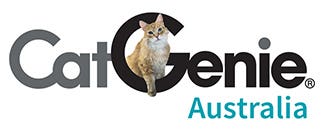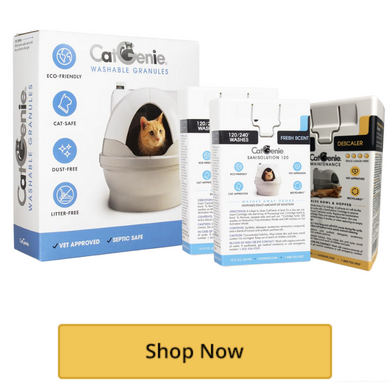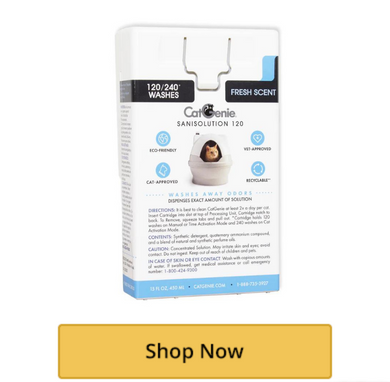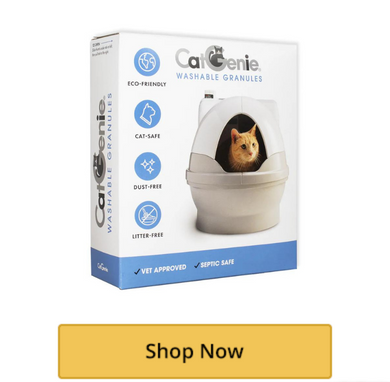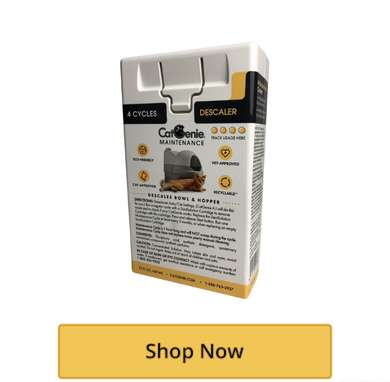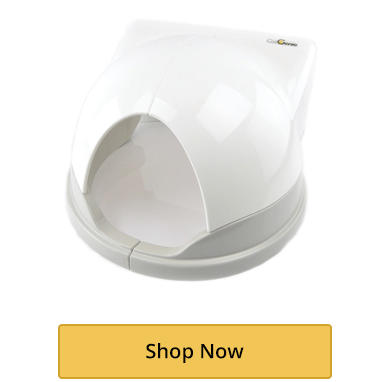How To Make Sure Your Cat Has A Well-Balanced Diet
- 6 Sept 2022

If you read that title and thought, “I can barely make sure I have a well-balanced diet, now I’m supposed to watch what my cat’s eating?” – don’t stress. You’ve just gotta know what to look for.
A report by Animal Medicines Australia revealed that in 2016 alone, the average Aussie household spent $576 on cat food – 20% more than they spent three years before. Of Australia's estimated $4.2 billion spent on pet food annually, cat food accounted for 37%. So, if we’re spending this much on food for our feline friends, wouldn’t it make sense to have a good idea of what we’re buying – and why?
Wet food vs dry food
The wet v. dry food debate has divided cat owners for decades, but with the invention of ‘diet’ and more ‘natural’ cat food varieties, the choice can be overwhelming. Add to that your cat’s fussy palette, and the focus quickly shifts from what you’re feeding your cat to how to get them to eat anything at all.
The easiest (and cheapest) option is to feed them a strictly dry food diet, but it definitely isn’t the healthiest. Wet food has a much higher water content, meaning it’s more likely to keep your cat hydrated and less likely to cause obesity. On the other hand, dry food (or ‘kibble’) can have some great dental benefits. The hard pieces scrape against their teeth, removing plaque and tartar build-up, so it’s definitely worth your while to opt for special ‘dental care’ varieties of dry food – their pieces are specially shaped to scrub your cat’s teeth more thoroughly, and even include active ingredients that remove tartar-forming calcium from their saliva. The first step to ensuring your cat has a well-balanced diet is to give them a variety of food types, and routine that includes both wet and dry food is a great start.
Do your research
This might not come as much of a surprise, but the flavours and ingredients in your cat’s favourite foods are far less important than the nutrients they give them – specifically protein (aim for around one gram per kilo your cat weighs per day) and ‘good’ fats (chicken, fish and other organic meats). The Pet Food Industry Association of Australia provides examples of which information must be included on pet food packaging, but even these can be misleading. For example, when varieties of pet foods are named, the main meat ingredient – for example, ‘chicken’ – may be referred to as the meat alone if it comprises at least 25% of the whole ingredient. Not following? The remaining 75% of the ingredient doesn’t need to be listed, and will be referred to on the product’s label as simply ‘chicken’. So, next time you’re in the pet food aisle and are tossing up which cat food to choose, do a quick Google to see if you can find exactly what’s gone into the tin you’re about to take home and feed to your cat.
It’s also a good idea to look for the ‘Nutritional Adequacy Statement’. This statement not only verifies that the product provides a complete and balanced diet for your pet at their particular life stage, but must also state whether the product is intended to be fed along with other foods to guarantee ‘nutritional completeness’. This is helpful for establishing whether your cat’s favourite dinner is actually more of a treat than a well-balanced meal.
Sadly, pet food packaging can be misleading, so it’s always useful to do plenty of research to ensure you know exactly what your cat is being fed. If not to avoid the dozens of health issues and diseases that can arise from a poor diet, then to simply ensure your cat is feeling and looking their best.
